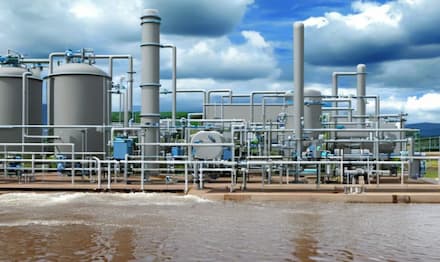Enhancing Efficiency in Water Treatment with Defoamers - Rickmanchemical.com
In the water treatment industry, foam management is crucial for maintaining smooth operations and high-quality standards. Foam forms when air, solids, and chemicals mix, especially in aeration tanks, wastewater systems, and effluent processes. Uncontrolled foam can lead to clogging, reduced capacity, contamination risks, and increased maintenance costs. Defoamers, or anti-foaming agents, play an essential role in controlling foam, helping facilities operate efficiently and consistently.

Defoamers work by breaking down surface bubbles, which prevents foam from disrupting various stages of treatment. In aeration tanks, for example, defoamers ensure optimal oxygen transfer, which is critical for biological processing. In wastewater treatment, defoamers prevent foam buildup, maintaining a steady flow and reducing risks of overflow or clogging. During effluent discharge, defoamers reduce foam formation, ensuring that treated water meets clarity and purity standards.
Advantages of Using Defoamers in Water Treatment
With fewer foam-related disruptions, water treatment facilities can achieve greater operational efficiency, reduce downtime, and meet environmental compliance more reliably. By integrating defoamers, these facilities minimize waste, improve water quality, and lower operational costs.
As advanced defoamer technologies become more widespread, they continue to support effective and sustainable water treatment, benefiting facilities and communities alike with cleaner, safer water supplies.
Click on the related products links:RK-10S(Pulp Washing Black Liquid Antifoam) /RK-1215A(Water-based Silicone Antifoam Agent)
评论
发表评论